Of Daffy and Higgs
I’ve been playing what we’d now call Sembl games for years now, sometimes online and sometimes on napkins in cafes, and because the basic board for this kind of play just consists of some circles with lines joining them — what mathematicians would call a graph — I’ve designed a few boards myself, and found a few ready-made in interesting places.
In fact, part of the fun for me in developing the TenStones > HipBone > Sembl game concept has been precisely in running across graphs that “look like” boards… like the board Daffy Duck is playing on in the screen-cap above.
Quite often the boards I’ve run across have been humorous, as in this example, where the cartoonist [double Pulitzer-winner Steve Breen] portrayed George W Bush as linking Al-Qaida to Iraq because they both had a Q in their name:
In the original, Breen had merely circled the Qs in the two words –I added the red circles and linking line to make the point that Breen himself was playing a bit of a Sembl move.
Sometimes the boards are entirely serious, like this one drawn from a diagram in an article in a science journal, which I call the Hamiltonian board:
What’s interesting about this particular board is that it assigns directions to the linkages — which sets me thinking about the ways in which one thing being like another can be a one-way or two-way street.
When Shakespeare says, “Shall I compare thee to a summer’s day?” the poet is definitely telling the beloved about his enduring love (“thy eternal summer shall not fade”), not using his beloved to explain global warming (“Sometime too hot the eye of heaven shines”). His metaphor moves from summer to beloved, not the other way around.
But that’s not always the case by any means. I’m not much of a mathematician, but as I understand it when Taniyama conjectured that every rational elliptic curve corresponds to a modular form, uniting two previously distinct branches of mathematics, the relationship went both ways
Okay.
This week, two teams of researchers at the CERN Large Hadron Collider claimed they had very likely found the Higgs Boson — a hitherto elusive particle which in theory accounts for the mass of other particles, and thus the overall coherence of our world.
Here’s a diagram of the elementary particles, as they are understood in terms of the “Standard Model” in particle physics [for comments on the diagram, see Wikipedia Talk]
Of these, only the Higgs Boson remained to be discovered — until this last week!
Physicists broke out the champagne, science journalists had breathless ledes, sailors asked whether anyone had seen the Boson’s Mate, Catholics made jokes about the Higgs boson being Catholic because without it there’d be no Mass… and I found a new and intriguing board for fans of Sembl thinking:
Pretty obviously, I’ll have to call it the Particle Board. But what most interests me about it is the fact that it contains loops — in Sembl terms, implying moves that connect only with themselves — at W, G and H.
I’ve given that idea quite a bit of thought, as it happens. some statements are self-referential — Doug Hofstadter makes a big deal of them in his book, Godel, Escher, Bach. They embody paradox, they astonish, confound or amuse us…
And in a game played on this particular board (pun definitely intended), the three “looped” moves would need to have this strange and charming if quirky quality of self-reference.
The self-referencing thought is in fact the simplest form of Sembl move, since it would be played on a board that consists of one circle connected by a line to itself.
I’ll use one of my own poems as an example:
Is that a self-eating watermelon?
Not exactly. It’s the ourobouros, the serpent of mythology which eats its own tail…
But I do see the family Semblance!

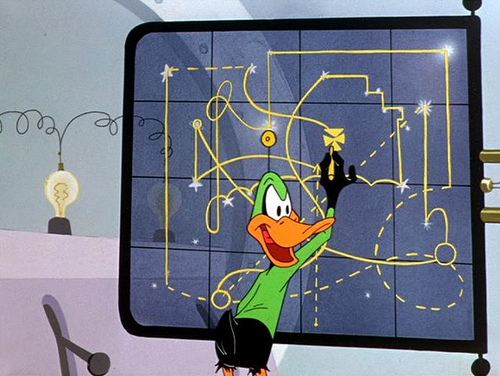

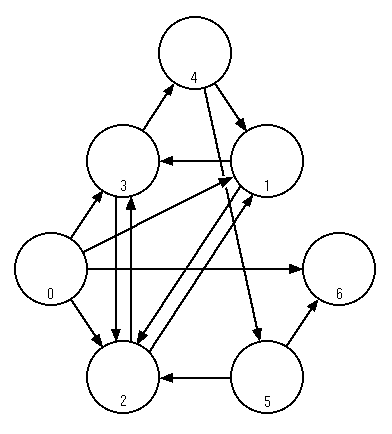
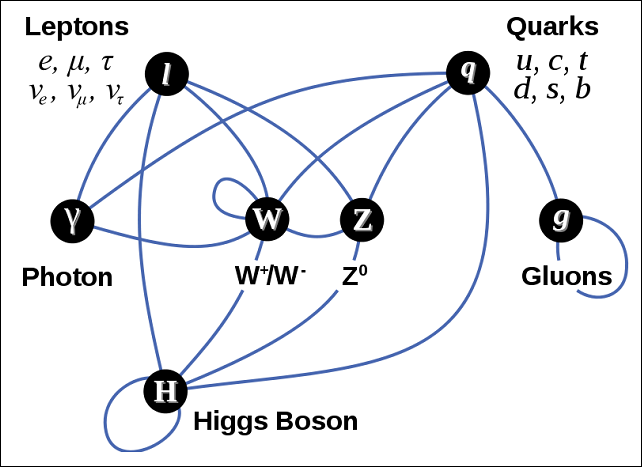
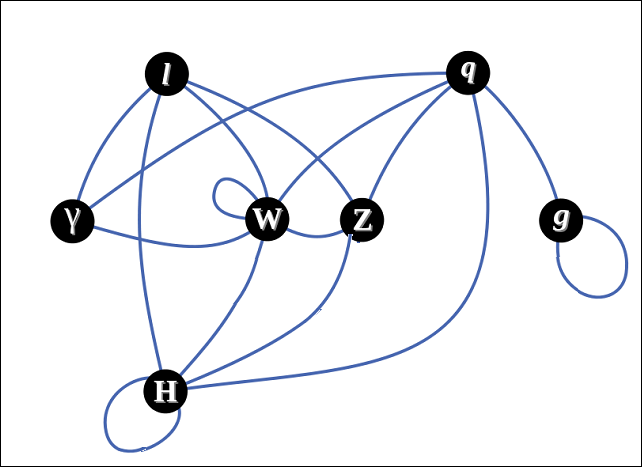
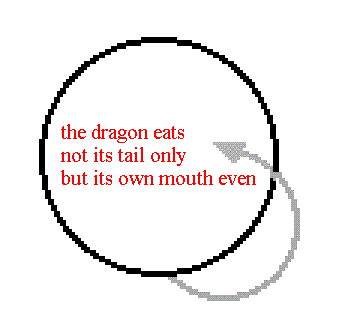
Leave a Reply
Want to join the discussion?Feel free to contribute!